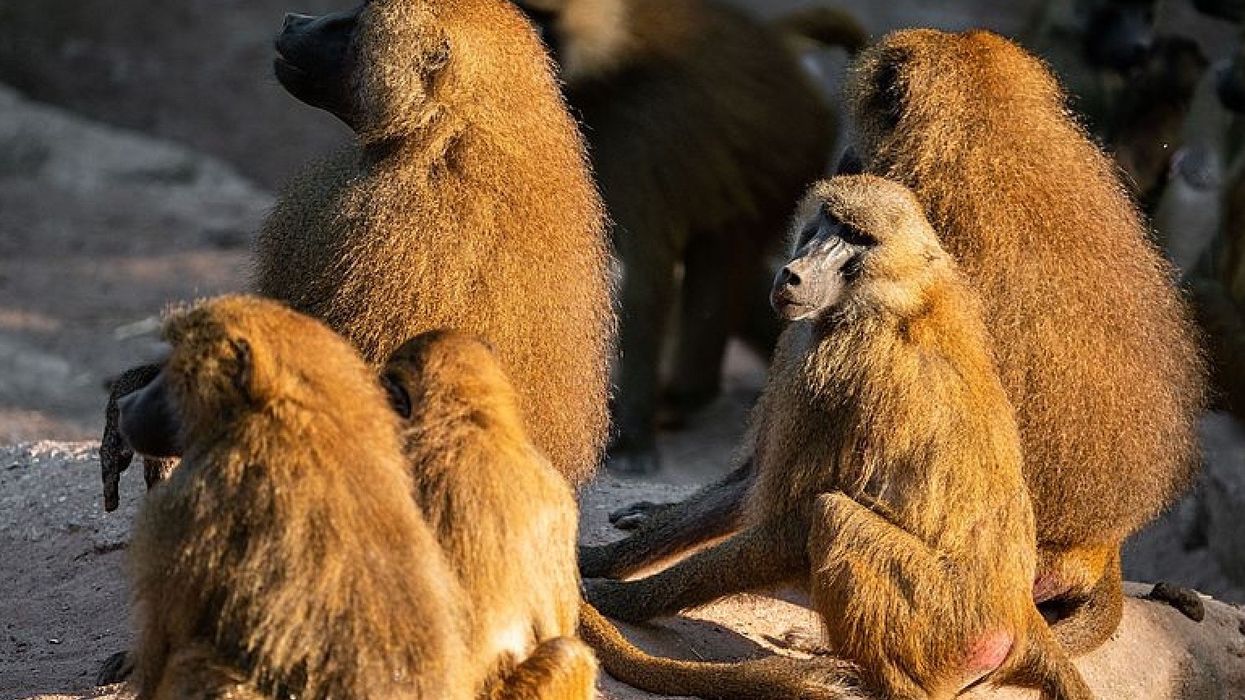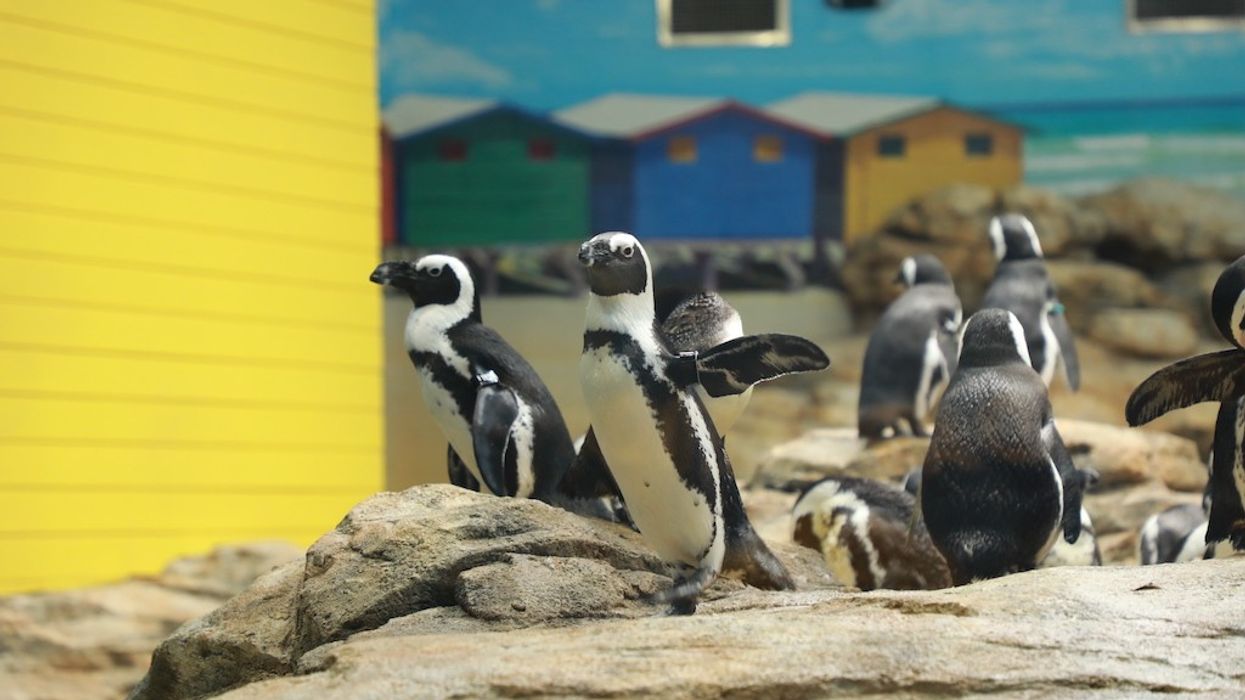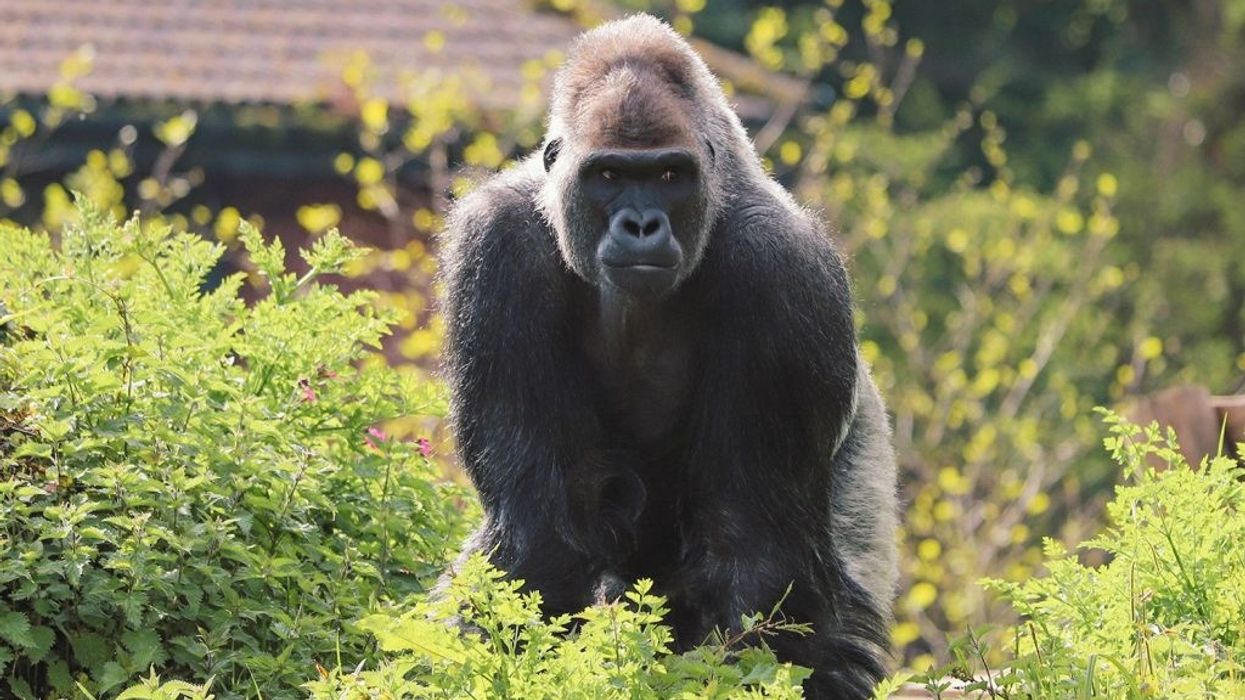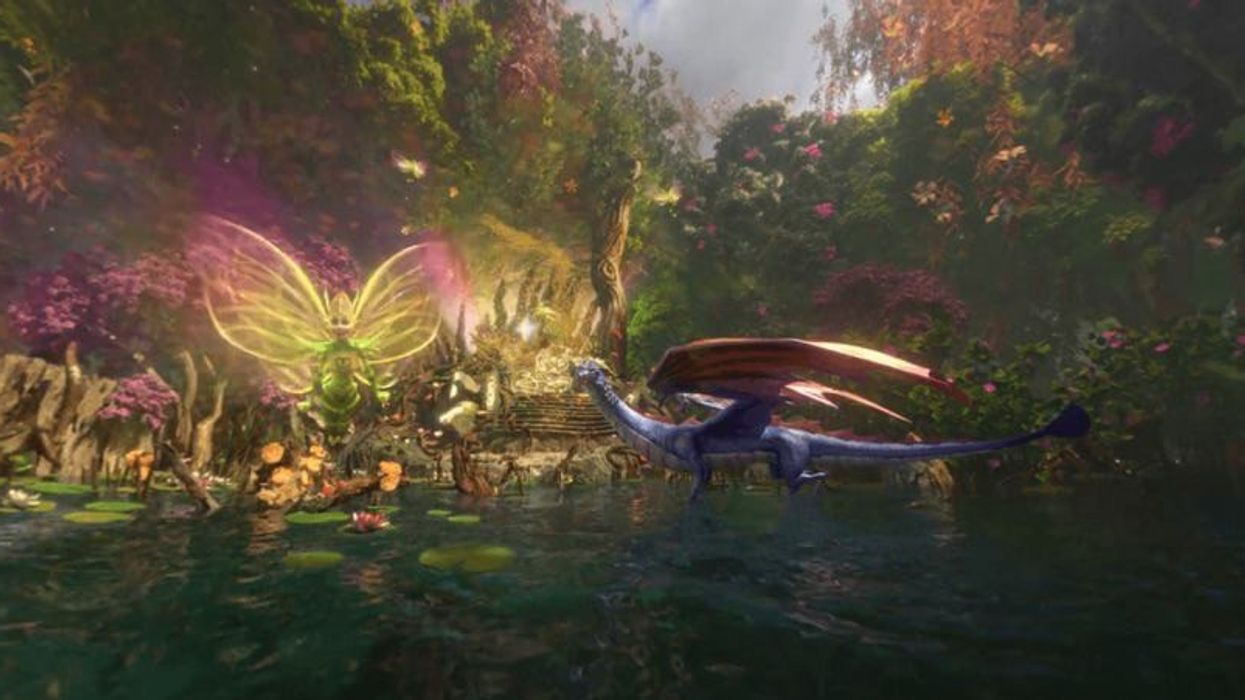The Nuremberg Zoo in Germany has sparked controversy after killing 12 healthy Guinea baboons due to overcrowding in their enclosure.
In a statement, the zoo said the culling, which took place on Tuesday (29 July), was "preceded by many years of intensive consideration and the search for alternatives".
The decision, it added, was "unavoidable" because its 43 Guinea baboons "far exceeded" the enclosure's capacity for 25 animals, resulting in more conflicts among the animals.
Zoo's baboons were shot in a transport crate
The zoo said it is "aware that this decision is difficult for many people to understand" – but that it could "no longer meet its high standards for animal welfare with a group size of 43 Guinea baboons".
In an earlier statement, the zoo said it had "been trying for many years to reduce the size of the Guinea baboon population".
The Nuremberg Zoo said it offered its Guinea baboons with free transfer to zoos in other countries, but they had also reached capacity.
Baboons' muscle meat fed to predators
The baboons were "killed by bullet in a transport crate in accordance with animal welfare regulations", the zoo said.
A total of three adult males and nine adult females were culled, leaving a group of 26 adults and five infants in the enclosure.
The zoo said it has "put the animals' bodies to good use" by making samples available to research institutions and feeding the muscle meat to the zoo's predators.
The Nuremberg Zoo's director Dag Encke said the decision came after "yearslong consideration", and that the euthanasia of animals can be a "legitimate last resort to preserve the population", via the BBC.
Animal rights activists arrested at zoo
Encke said the move was in line with criteria set out by the European Association of Zoos and Aquaria (EAZA).
The zoo closed "due to safety concerns" on 29 July to carry out the culling. Several animal rights activists were arrested after entering the zoo in protest against the decision.
A spokesperson for Pro Wildlife said the resolution to kill the animals was "avoidable and illegal".
They added: "Healthy animals had to be killed because the zoo maintained irresponsible and unsustainable breeding policies for decades."
Lead image credit: Nuremberg Zoo / Tom Burger

















 David Rosenberg, Vice President of Guest Experience
David Rosenberg, Vice President of Guest Experience


 The Solar Shuttle
The Solar Shuttle The 9000ST Series
The 9000ST Series